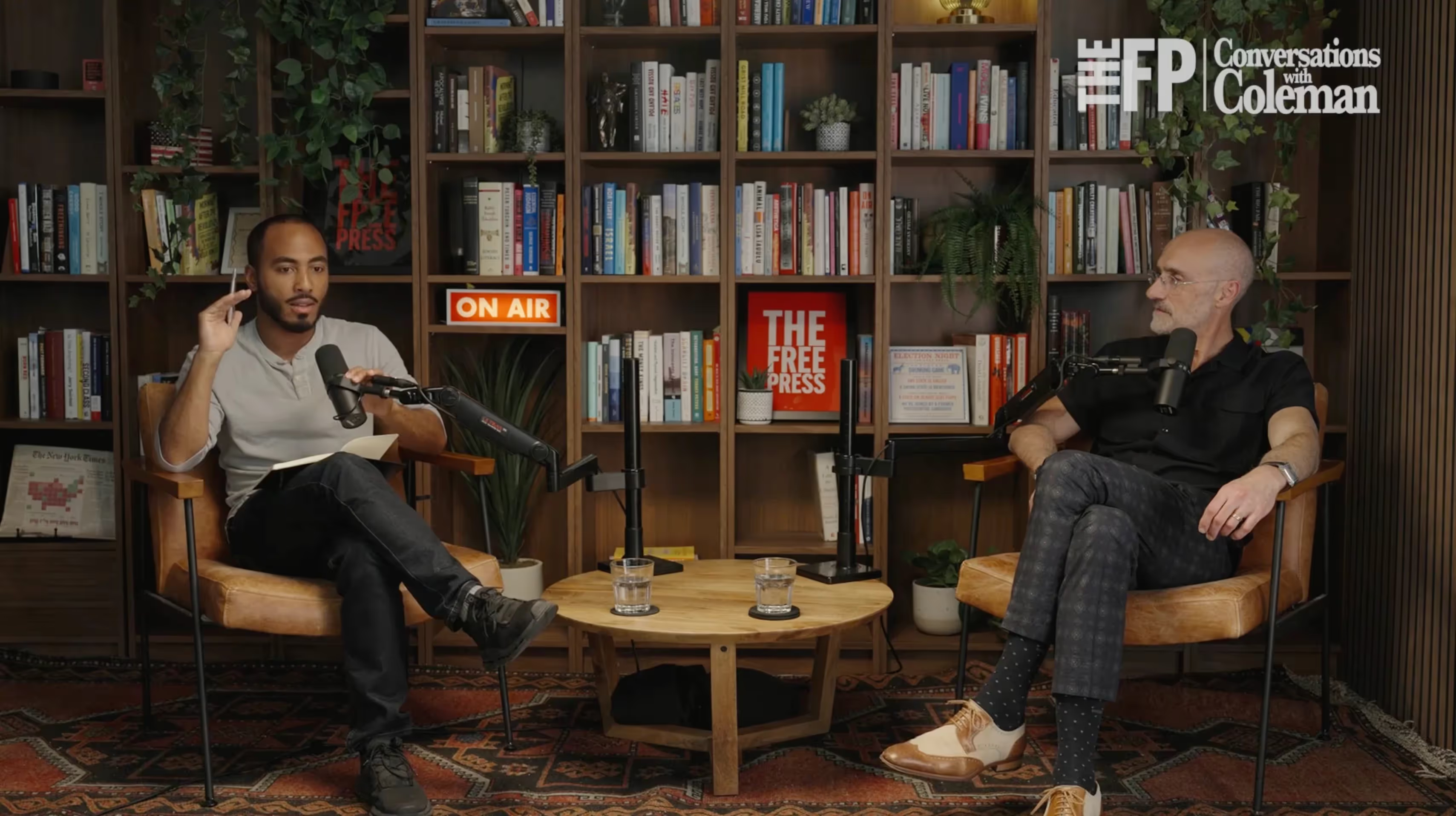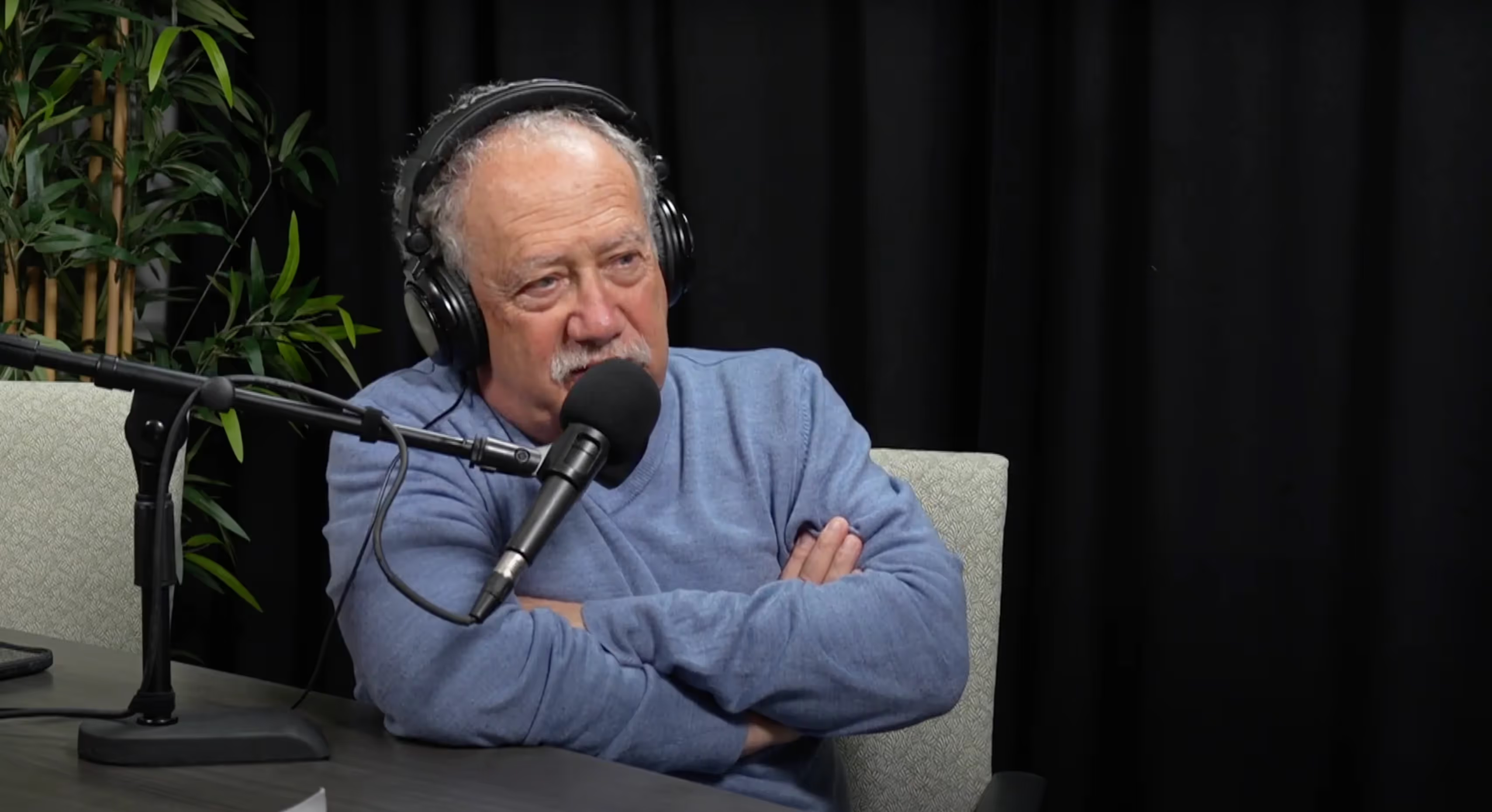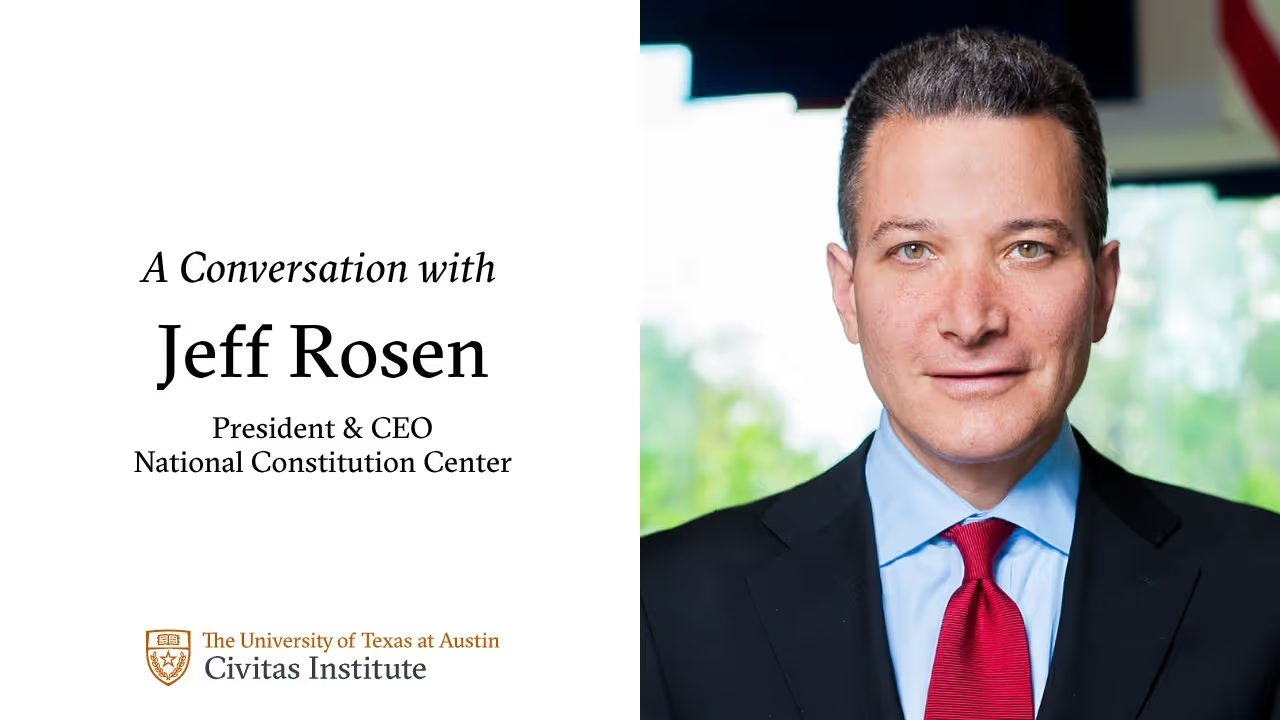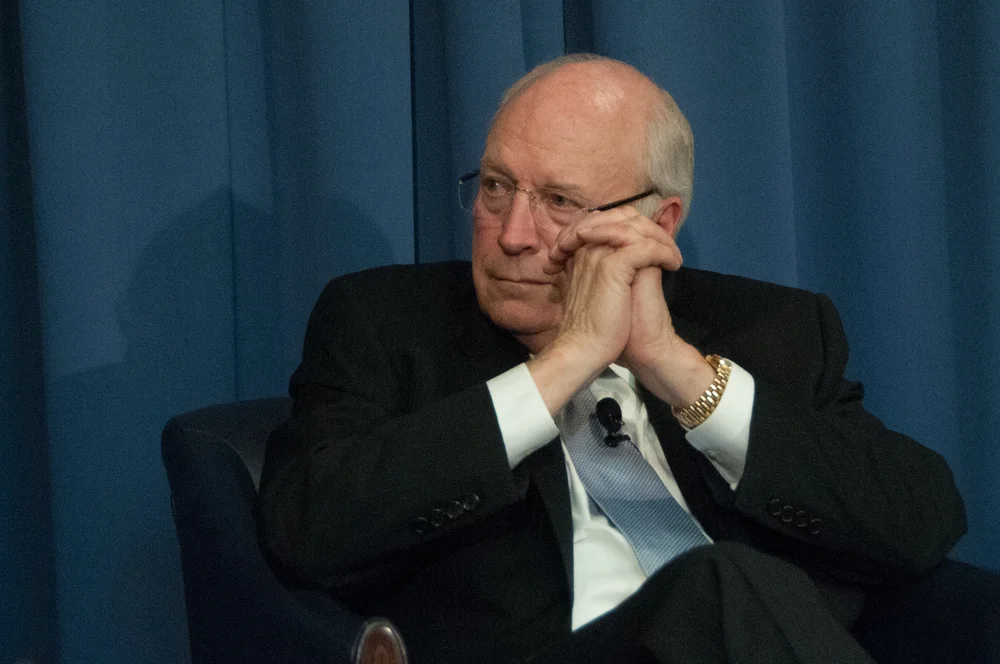
The 529 Education Revolution Is Here
Tax-free accounts have become more powerful, but some states are resisting.
A quiet revolution is under way in education policy. On the heels of the rapid spread of education savings accounts at the state level, Congress has made federal policy far more favorable for all types of education: foundational, postsecondary, workforce development and lifelong learning.
By expanding 529 accounts significantly, the One Big Beautiful Bill Act created a new template for education supporting students and parental choice. This new law also tees up battles in states where the status quo isn’t working for the bottom half of the economic ladder.
Like Roth IRAs, 529s let account holders invest after-tax money in stock and bond funds, with income and qualified withdrawals free of federal taxes. For the first two decades after Congress created 529s, the accounts could be used only for higher education. That changed in 2017, when Congress expanded 529s to include K-12 tuition in the Tax Cuts and Jobs Act. Since then, 529s have surged in popularity, with more than $500 billion now invested in more than 17 million accounts.
Pursuit of Happiness

The Rise of Latino America
In The Rise of Latino America, Hernandez & Kotkin argue that Latinos, who are projected to become America’s largest ethnic group, are a dynamic force shaping the nation’s demographic, economic, and cultural future. Far from being a marginalized group defined by oppression, Latinos are integral to America’s story. They drive economic growth, cultural evolution, and workforce vitality. Challenges, however, including poverty, educational disparities, and restrictive policies, threaten their upward mobility. Policymakers who wish to harness Latino potential to ensure national prosperity and resilience should adopt policies that prioritize affordability, safety, and economic opportunity over ideological constraints.

Exodus: Affordability Crisis Sends Americans Packing From Big Cities
The first in a two-part series about the Great Dispersion of Americans across the country.
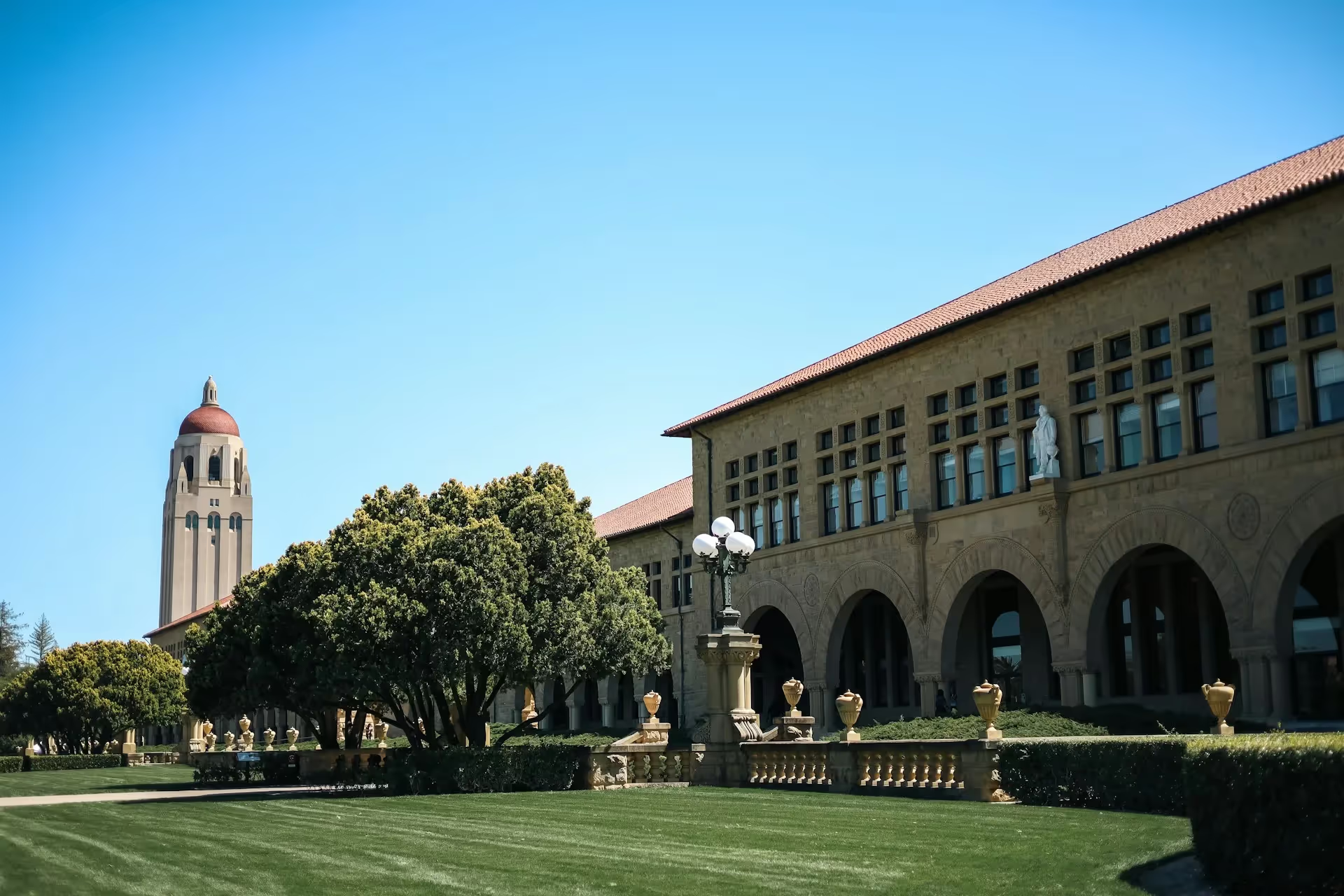
Stanford’s Graduate Student Union Tries to Stifle Dissent
The university may fire me because I won’t pay dues to a labor organization whose views I find repugnant.

A National Day of Gratitude
Washington’s Proclamation expressed hope that God would “render our national government a blessing to all the people, by constantly being a Government of wise, just, and constitutional laws, discreetly and faithfully executed and obeyed…”
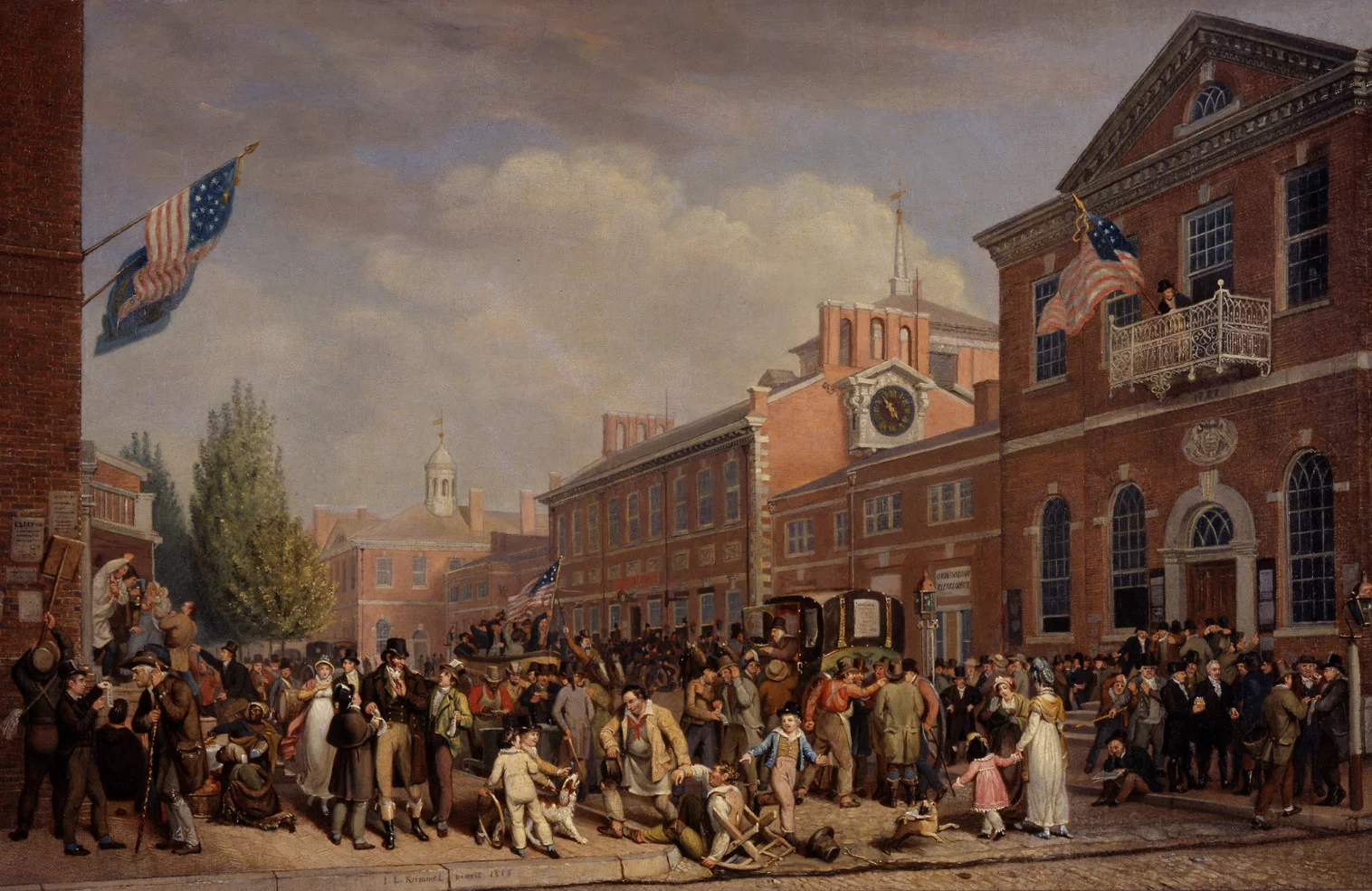
Freedom, Liberalism, and Civic Communion
Are we capable of living in civic communion as a republican people, a people who need nation, family, and religion to form and expand their capacities for moral reflection, responsibility, and conscience?










